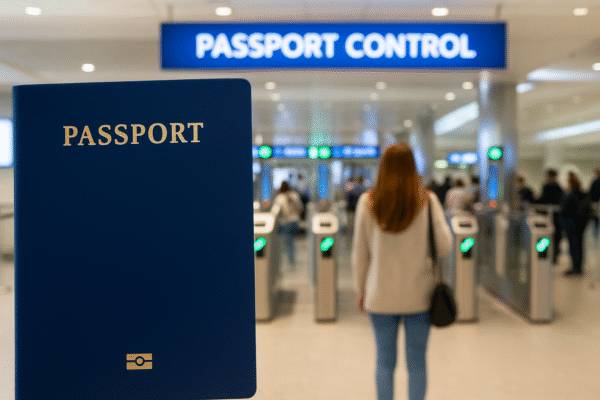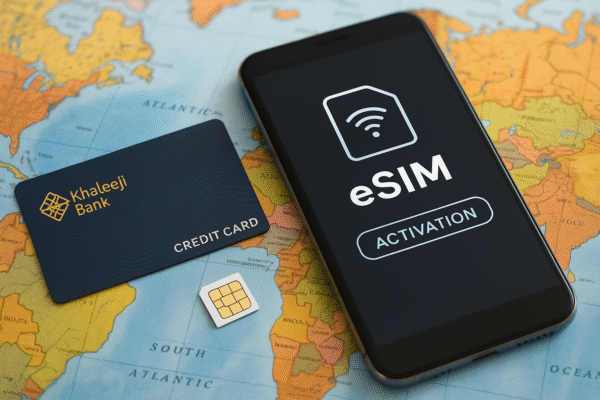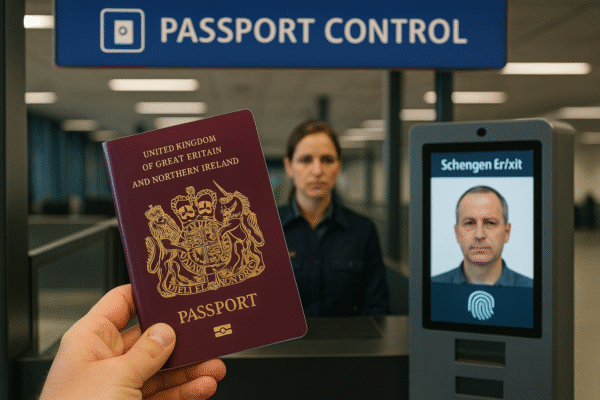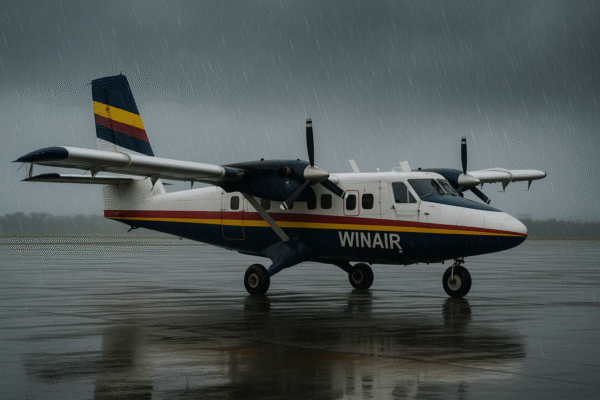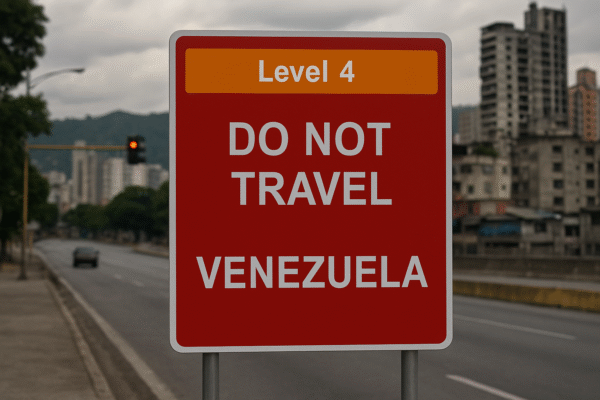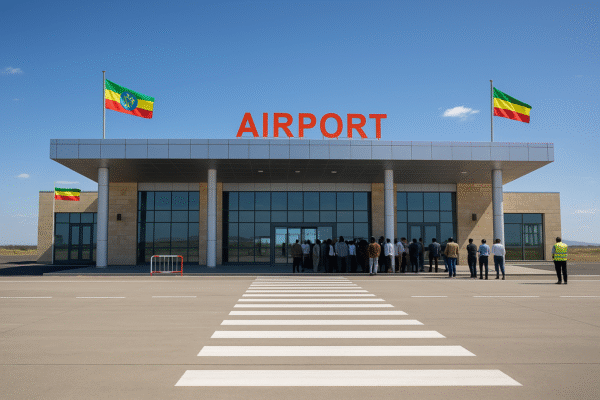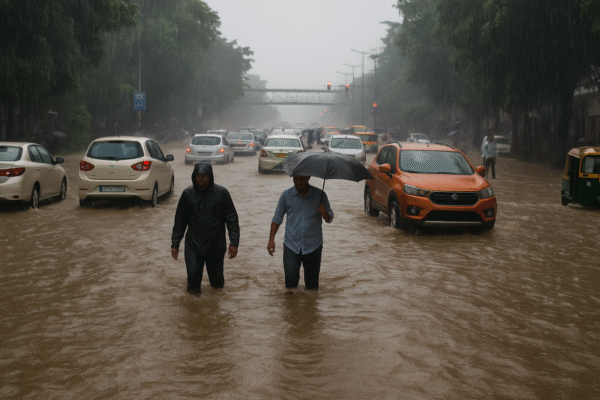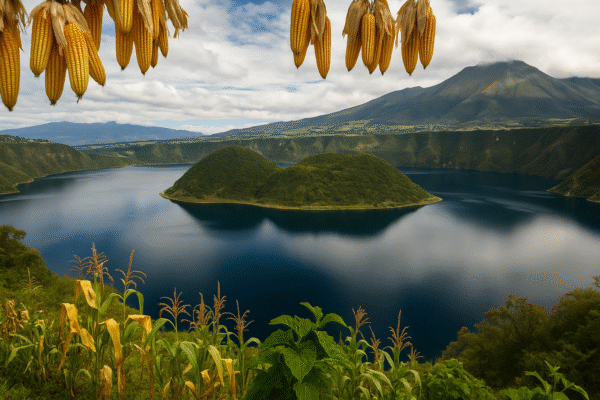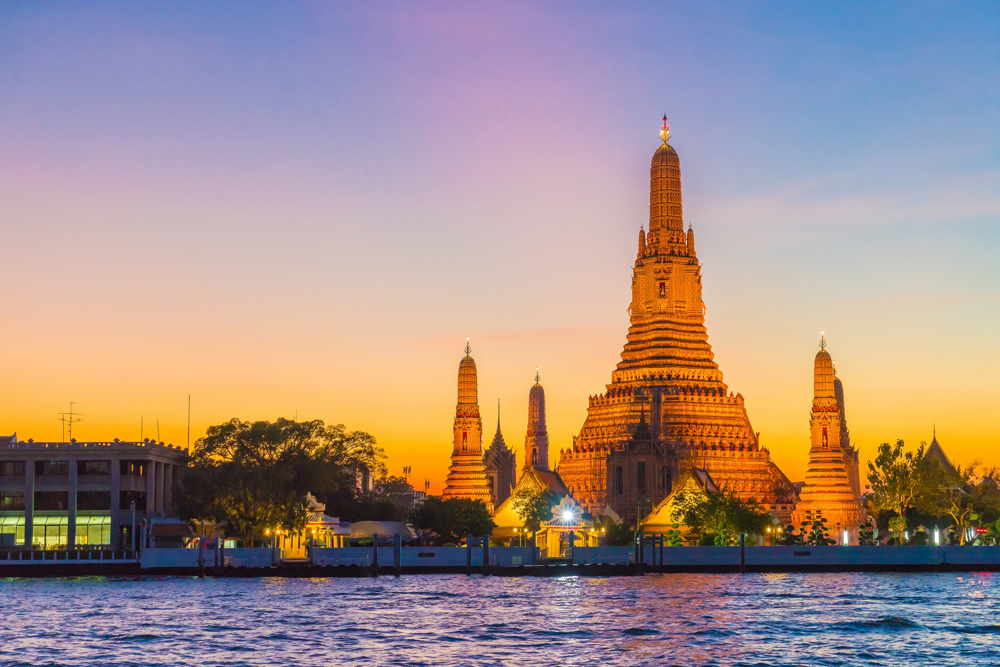Thailand, one of the world’s most visited destinations, has officially postponed the implementation of its long-discussed tourist entry fee, originally set to launch in 2025. Now expected to roll out in mid to late 2026, the “Kha Yeap Pan Din” (which translates to “stepping onto Thai soil” fee) will allow more time for recovery in the international tourism sector and fine-tuning of policy logistics.
The decision provides a financial breather for travelers planning trips to Thailand in the coming year, as the country continues efforts to rebuild its tourism economy after the setbacks of the COVID-19 pandemic.
What Is the “Kha Yeap Pan Din” Tourist Fee?
Initially approved in principle by Thailand’s Cabinet in early 2023, the entry fee aims to support tourism infrastructure development and offer basic insurance coverage to international visitors. Under the proposed plan:
- Airline travelers would pay 300 baht (approximately USD $9.25).
- Land and sea arrivals—mostly regional tourists from Laos, Cambodia, Myanmar, and Malaysia—would be charged 150 baht (around USD $4.60).
This tiered system acknowledges the different operational and administrative costs associated with various entry modes while keeping Thailand accessible to its key neighboring markets.
Why the Delay to 2026?
According to officials at Thailand’s Ministry of Tourism and Sports, the delay is rooted in broader concerns over the global economic climate and a cautious approach to preserving the country’s tourism competitiveness.
Thailand welcomed 28 million international tourists in 2023, with projections rising to over 35 million by the end of 2024. But despite this robust rebound, authorities remain wary of introducing additional financial barriers at a time when travelers are still cost-sensitive.
“We want to ensure any fee introduced supports—not hinders—Thailand’s global tourism appeal,” said a spokesperson from the Tourism Authority of Thailand (TAT). “A staggered and thoughtful implementation is key.”
Where Will the Fee Revenue Go?
Once implemented, Thailand’s entry fee will serve two major objectives:
1. Tourism Infrastructure Improvement
Revenue will be directed toward maintaining and enhancing tourist facilities across the country—particularly in high-traffic zones such as Bangkok, Phuket, Chiang Mai, Krabi, and Pattaya. This includes upgrades to national parks, historical landmarks, transportation hubs, and public sanitation systems.
2. Basic Tourist Insurance
A portion of the fee will fund emergency health coverage for travelers. The aim is to ensure prompt access to medical care and support services in case of accidents or health emergencies, especially in rural or remote areas.
This insurance-backed system is designed to instill greater confidence among international tourists, while reducing the burden on local healthcare providers.
Seamless Integration with the Thailand Digital Arrival Card
To simplify implementation, the Thai government is working to integrate the entry fee into its upcoming Thailand Digital Arrival Card (TDAC) system. This new digital immigration platform will enable air travelers to automatically pay the fee during ticket purchase or pre-arrival registration.
Meanwhile, land and sea entrants will be able to pay either at checkpoints or online, ensuring a frictionless experience. A phased rollout with trial periods will allow authorities to address technical or logistical issues before national implementation in 2026.
A Global Trend in Sustainable Travel
Thailand’s proposed tourism fee is not unique. Many countries—including Bhutan, Japan, Bali (Indonesia), and Venice (Italy)—have implemented similar visitor levies to manage tourism responsibly and protect local communities.
Thailand is positioning the fee as part of its broader strategy for sustainable tourism development, aligning with its National Tourism Development Plan 2023–2027 and the Bio-Circular-Green (BCG) Economic Model. These frameworks prioritize environmental preservation, economic resilience, and inclusive local benefits.
Impact on Travelers and the Broader Industry
While the entry fee may seem minor, its strategic timing and seamless implementation are essential to preserving Thailand’s travel competitiveness. For most visitors arriving by air, the charge will likely be bundled into airline ticketing systems, minimizing disruption.
For regional travelers, the lower fee at land and sea checkpoints is a considerate move, acknowledging the importance of ASEAN neighbor tourism and encouraging continued cross-border mobility.
Tour operators, airlines, and hospitality providers will be kept in the loop through stakeholder consultations led by the Ministry of Tourism and TAT in the coming months.
Building a More Resilient Tourism Future
Thailand’s tourism officials have emphasized that the entry fee is just one component of a long-term vision to build a more balanced and resilient tourism sector. It aims to modernize infrastructure, elevate visitor safety, and protect the country’s natural and cultural assets.
With rising global tourist numbers and changing traveler expectations, Thailand is adapting to become not just a mass-market destination, but one that values quality tourism, community empowerment, and environmental stewardship.
Conclusion: Delay Today, Value Tomorrow
By postponing the “Kha Yeap Pan Din” entry fee to 2026, Thailand is signaling a thoughtful and traveler-friendly approach to tourism recovery. The move allows for smoother implementation, better stakeholder engagement, and alignment with global sustainable travel practices.
As Thailand continues welcoming millions of travelers with its rich culture, vibrant street life, and tropical landscapes, this strategic delay ensures experiences remain affordable, enjoyable, and meaningful—today and into the future.
For more travel news like this, keep reading Global Travel Wire


